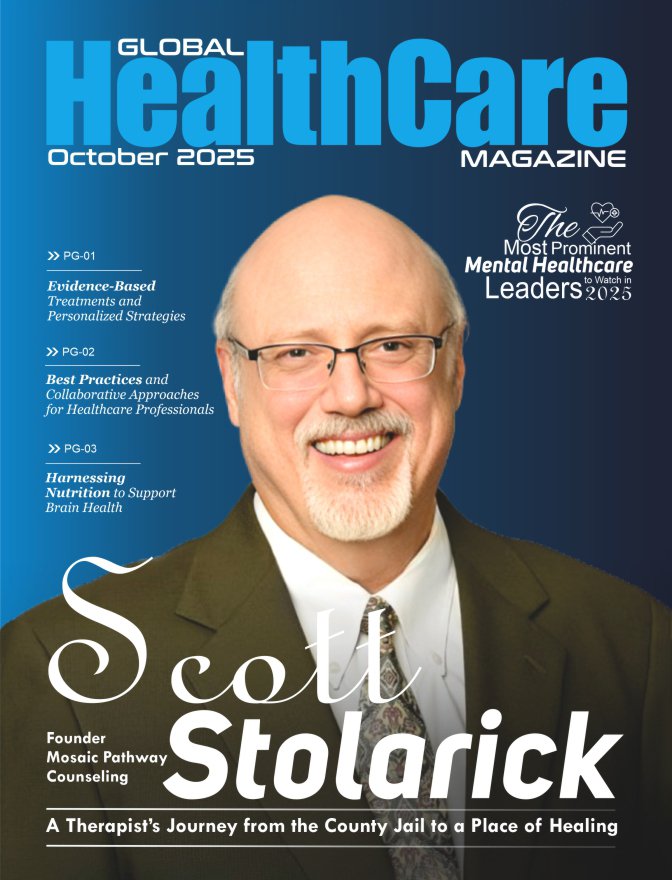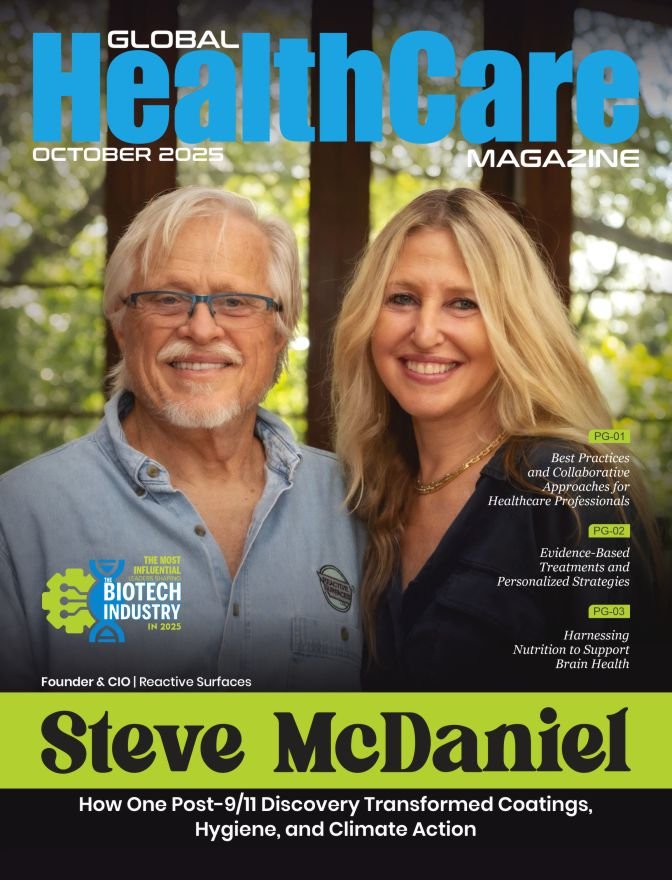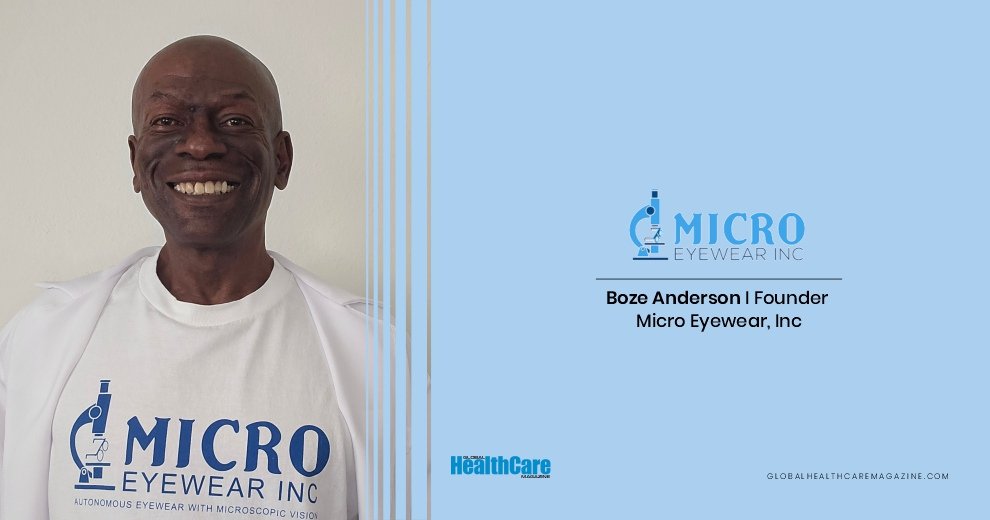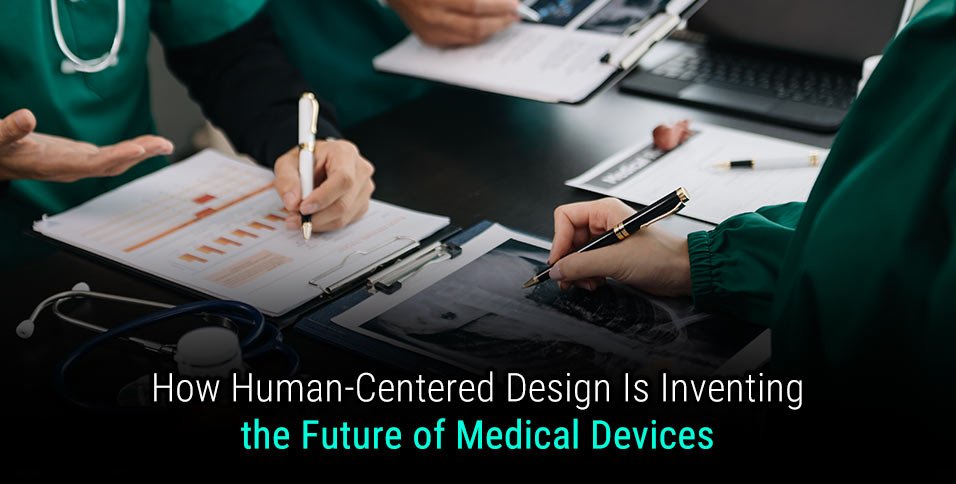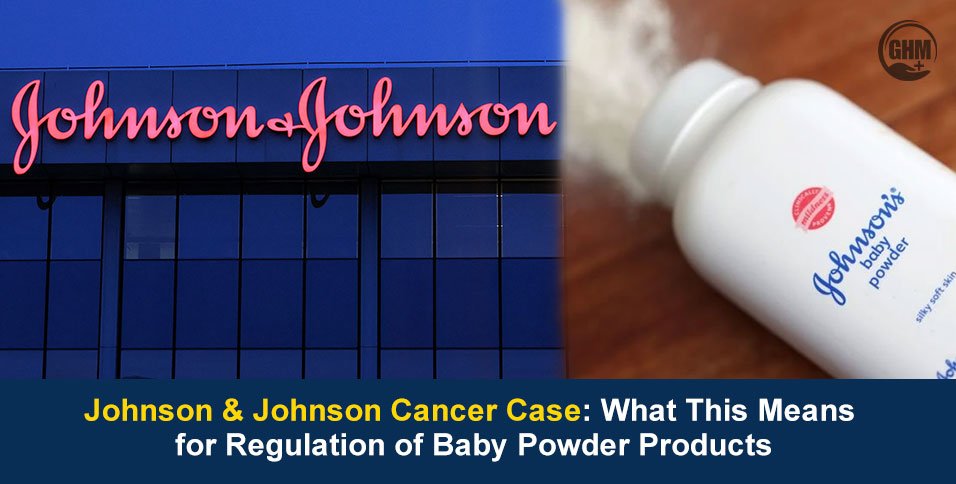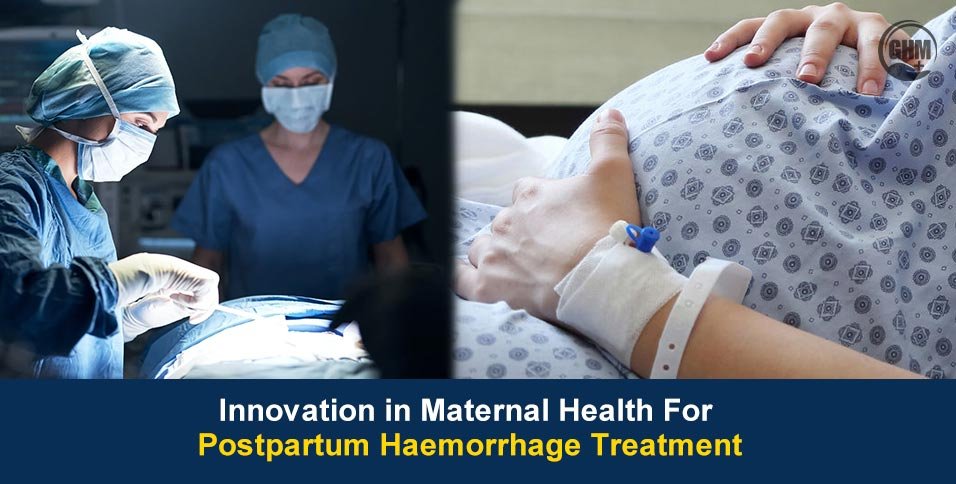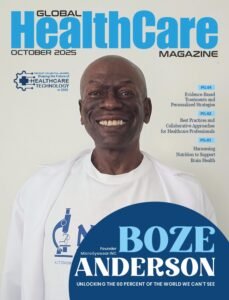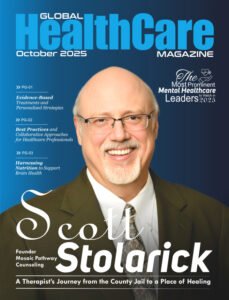In modern medicine, where every breakthrough can change the course of a life, there exists a world that few truly understand—a world where precision, focus, and innovation converge in the operating room. Imagine the tension of an operating theater, where the only sounds are the steady hum of machines and the quiet determination of a surgical team. It is in such a kingdom, amidst the interplay of silence and spotlight, that one’s destiny is often revealed. For many, the journey to becoming a surgeon is filled with uncertainty and challenges.
Yet in this complicated environment, a rare combination of passion and perseverance can transform obstacles into opportunities. This is the world in which Dr. Pierre Sarradon, a pioneering vascular surgeon and the co-founder of NexStep Medical, has made his mark—a place where every decision carries the weight of life and every innovation can redefine standards. His story is not merely about mastering a surgical specialty; it is about a relentless pursuit to push boundaries and improve patient outcomes through constant evolution and creative problem-solving.
The Birth of a Calling in Surgery
Dr. Sarradon’s journey began during his early medical studies, a time when every experience felt charged with possibility.
“During my medical studies, an event marked me: my first experience in the operating room,” Dr. Sarradon recounts. “The atmosphere had something magical: the silence, the spotlights, the extreme concentration, the precision… I knew then that I wanted to be a surgeon.”
This formative experience, filled with an almost tangible sense of destiny, set him on a path where precision and calm determination became the hallmarks of his work. As he advanced through medical school, his interest evolved further.
He found himself increasingly drawn to the field of vascular surgery—a specialty known for its high technical demands and the critical, strategic decisions it requires. As he explains, “Later, I was drawn to vascular specialization for its high technical demands and strategic decisions.” The intricate nature of treating diseases of the blood vessels, combined with the opportunity to significantly impact patients’ lives, captivated him.
Motivated by the desire to achieve the highest standards, he pushed himself relentlessly. His exceptional performance during his internship concluded by a Gold Medal, opened the door for advanced training in the United States at world-renowned centers. For Dr. Sarradon, “The perspective of achieving the highest level has never left me,” becoming a guiding force throughout his career.
Embracing the Challenges of Vascular Innovation
Vascular surgery is not without its formidable challenges. One of the most devastating conditions faced by millions worldwide is arteriosclerosis, a disease that affects approximately 200 million people. Dr. Sarradon recognized early on that while tremendous progress has been made in fighting this condition, much work remains to be done. Every day in his practice, he witnesses the profound impact of vascular diseases and the urgent need for improved treatment methods. This realization ignited in him a constant drive to refine his techniques and to innovate.
He is not content with merely performing established procedures; he is compelled to optimize them, to imagine new solutions where problems remain unsolved or only partially addressed. “In my daily practice, I constantly seek to improve my actions, my technique, and my understanding, which drives me to optimize techniques or even to imagine new ones,” he states.
He often explains, “The evolution of a technique requires the evolution of the tools and devices that enable it; the two are linked.” This spirit of innovation has driven him to explore new approaches that can offer better outcomes with less trauma to the patient.
“There is something exciting about tackling problems that are not yet or poorly solved to find the right solutions.”
Inventing the Percutaneous Bypass Technique
One of Dr. Sarradon’s most notable contributions to vascular surgery is his invention of a percutaneous bypass technique. Traditionally, bypass surgery involves replacing a diseased vessel with a new conduit—a process that requires a surgical opening and a delicate suture to connect the new vessel to the patient’s own. This method, while effective, has inherent drawbacks. The need for a surgical incision and the creation of a vascular anastomosis often result in complications, particularly in patients burdened with multiple health issues.
Dr. Sarradon envisioned an alternative—a technique that would combine the low invasiveness of endovascular methods with the robust, long-term results of a bypass. “Everywhere, the evolution of surgery is moving toward reducing aggression toward the human body and towards ‘minimally invasive’ procedures,” he observes.
His percutaneous bypass technique achieves exactly that by eliminating the need for a surgical opening and bypassing the vulnerable step of vascular anastomosis. He explains the advantage: “The percutaneous bypass technique allows for a true bypass to be performed without surgical opening and without vascular anastomosis. This way, we benefit from the low invasiveness of endovascular techniques and the good long-term results of bypasses. The best of both worlds?”
The result is a procedure that minimizes trauma, reduces complications, and delivers the lasting benefits of a traditional bypass.
Founding NexStep Medical and Innovating PTA Devices
The quest for improvement did not stop at surgical techniques. Dr. Sarradon recognized that for vascular surgery to continue evolving, the devices used in endovascular procedures also needed to advance. “Endovascular surgery, or interventional radiology, is a field of incredible dynamism; it is an area where there is still much to create or improve,” he notes.
With this in mind, he co-founded NexStep Medical, a startup dedicated to developing products for percutaneous transluminal angioplasty (PTA). Angioplasty, which involves dilating narrowed blood vessels using a balloon catheter, is a fundamental procedure in endovascular surgery.
Yet, the conventional approach requires using separate catheters for different phases: contrast injection, balloon dilation, and subsequent control injections. This segmented process leads to multiple catheter changes, increasing procedure time, radiation exposure, and risks for the patient.
Dr. Sarradon set out to simplify and improve this procedure. “Angioplasty, which means dilating vessels with a balloon catheter, is the common denominator of the vast majority of endovascular procedures. A modification of the design of this balloon catheter, relatively simple and even obvious, allows for a very significant improvement in its function,” he realized. The result was the All-inCath device—a next-generation angioplasty catheter that integrates all necessary functions into a single unit.
By combining the phases into one continuous process, the All-inCath significantly reduces the duration of the procedure, lowers the dose of radiation from X-rays, and minimizes the amount of contrast agent required, which is particularly important for kidney safety.
As he summarizes, “The All-inCath incorporates all functions into the same catheter, allowing the entire procedure to be completed in one phase without redundant manipulation. The procedure is thus much simpler, faster, and safer, leading to a reduction in radiation doses from X-rays as well as the amount of contrast agent… and the risks associated with intravascular navigation. In summary, we achieve a faster and safer procedure. It’s a simple idea, but incredibly effective and useful.”
This simple yet revolutionary idea has transformed the way endovascular procedures are performed, making them faster, safer, and more efficient.
A Comprehensive Range of Offerings and Their Impact
NexStep Medical’s innovations extend beyond the All-inCath device. Dr. Sarradon and his team have developed a comprehensive range of products that allow them to treat a wide variety of vascular lesions. He highlights their manufacturing advantage: “We also have a manufacturing process that does not induce significant additional costs compared to existing products, despite the benefits provided.” With FDA clearance secured, the All-inCath is now beginning its rollout in the United States. The initial response has been enthusiastic.
“The enthusiasm from the early users is wonderful to hear; it’s a very exciting time for the entire NexStep team, who have worked hard for this result!” Dr. Sarradon shares. This positive feedback reflects not only the quality of the device but also the dedication of the entire NexStep team, who have worked tirelessly to bring these innovations to fruition.
In addition to the All-inCath, Dr. Sarradon has also made significant strides in the area of venous surgery. Recognizing the aesthetic concerns that often accompany varicose vein surgery—especially among young women—he developed a specialized surgical clamp that bears his name.
“Varicose vein surgery, which often targets young women, must avoid aesthetic sequelae,” he emphasizes. “This clamp is designed to allow the removal of superficial varicose veins over a large length, through a single millimetric incision, which is almost invisible after healing.”
This innovation is particularly important in the context of the Muller technique for phlebectomy, where minimizing visible scarring is crucial. By improving the aesthetic outcomes of varicose vein surgery, Dr. Sarradon has enhanced both the physical and psychological well-being of his patients.
Navigating Challenges and Celebrating Milestones
The path to innovation is never easy, and Dr. Sarradon’s journey is marked by both formidable challenges and significant achievements. Developing a new surgical technique requires an extraordinary level of precision and foresight. Dr. Sarradon explains the demands: “Imagining and developing a new technique is exciting. However, it requires anticipating, in minute detail, the problems that may arise at each step of the procedure: in surgery, one cannot operate through failures; the patient is at stake. The commitment is, therefore, incredibly demanding.”
His commitment to perfection and patient safety was recognized internationally when, in 2024, his percutaneous bypass technique was awarded at the “Innovation Awards in Vascular Surgery” by an esteemed international jury.
The development of the All-inCath device has been an equally arduous adventure. “The development of the All-inCath has been a true adventure. Creating a medical device is complex and fraught with pitfalls, requiring years and significant funding, which is particularly difficult to obtain in the early phases of a project. It has not been a smooth journey, but perseverance is the key to success!” he reflects.
Dr. Sarradon encountered numerous obstacles along the way, from technical setbacks to the complexities of the regulatory environment. Yet, his perseverance and innovative spirit turned each setback into an opportunity to learn and improve. For him, the true reward lies in the everyday success stories—the smoother procedures, the reduction in patient complications, and the overall enhancement in patient care.
However, he shares, “Beyond these varied contributions to the evolution of vascular surgery, my greatest pride, however, comes from the satisfaction of my patients in my daily medical practice.” Their improved quality of life is the ultimate measure of his work.
Embracing Future Technologies and Shaping Tomorrow
As the world of surgery continues to evolve, Dr. Sarradon remains at the forefront of technological advancement. While he is clear that “I don’t believe a robot can replace a surgeon anytime soon,” he sees a vital role for artificial intelligence in augmenting surgical precision, “However, AI can provide significant assistance, particularly in intraoperative imaging processes. For example, I believe digital twins will allow navigation within the human body and perform precise actions, avoiding any surgical opening.”
Such advancements have the potential to further reduce risks and improve patient outcomes, ensuring that vascular surgery remains one of the most innovative and evolving fields of modern medicine.
Future Directions and Expanding the Horizons of Vascular Care
Looking ahead, Dr. Sarradon’s ambitions are as bold as they are inspiring. With the proof of concept for the percutaneous bypass technique firmly established, his next steps involve disseminating this innovation on a global scale. He is currently organizing multicenter studies in France and internationally, with the goal of training more surgeons in this revolutionary technique.
Moreover, his work is not limited to bypasses on the femoral arteries—he has successfully extended the procedure to the aorta and to hemodialysis access points, demonstrating the vast potential of his approach. The All-inCath device, too, is envisioned as a versatile platform that can be adapted into various sub-products, such as drug-coated balloons, stents, coronary balloons, and even TAVI devices.
More recently, Dr. Sarradon has turned his attention to pelvic congestion syndrome, a condition that affects many women. He is developing an innovative solution for Nutcracker syndrome through the “Td-Stent technique,” which he presented at the New York Congress last November. The potential applications of his work are numerous and represent a new frontier in vascular surgery.
Balancing Professional Excellence with a Fulfilling Personal Life
Despite the relentless pace and high demands of his professional career, Dr. Sarradon has managed to maintain a fulfilling personal life. Family is central to him. “I have four wonderful children: that’s a lot of love to give – and to receive! I do my best every day to give them all the affection they deserve and to earn theirs,” he shares.
His passion for sailing has been a lifelong pursuit; the thrill of competition and the joy of cruising the Mediterranean provide him with moments of pure happiness. “I have a passion for sailing, which I have practiced since a young age. I enjoyed the competition… The too-rare moments of cruising in the Mediterranean are now moments of pure happiness…” He cherishes the time spent on his beloved boat.
Quote

Also Read: Innovators in Vascular Surgery: Top Visionary Leaders To Watch in 2025





